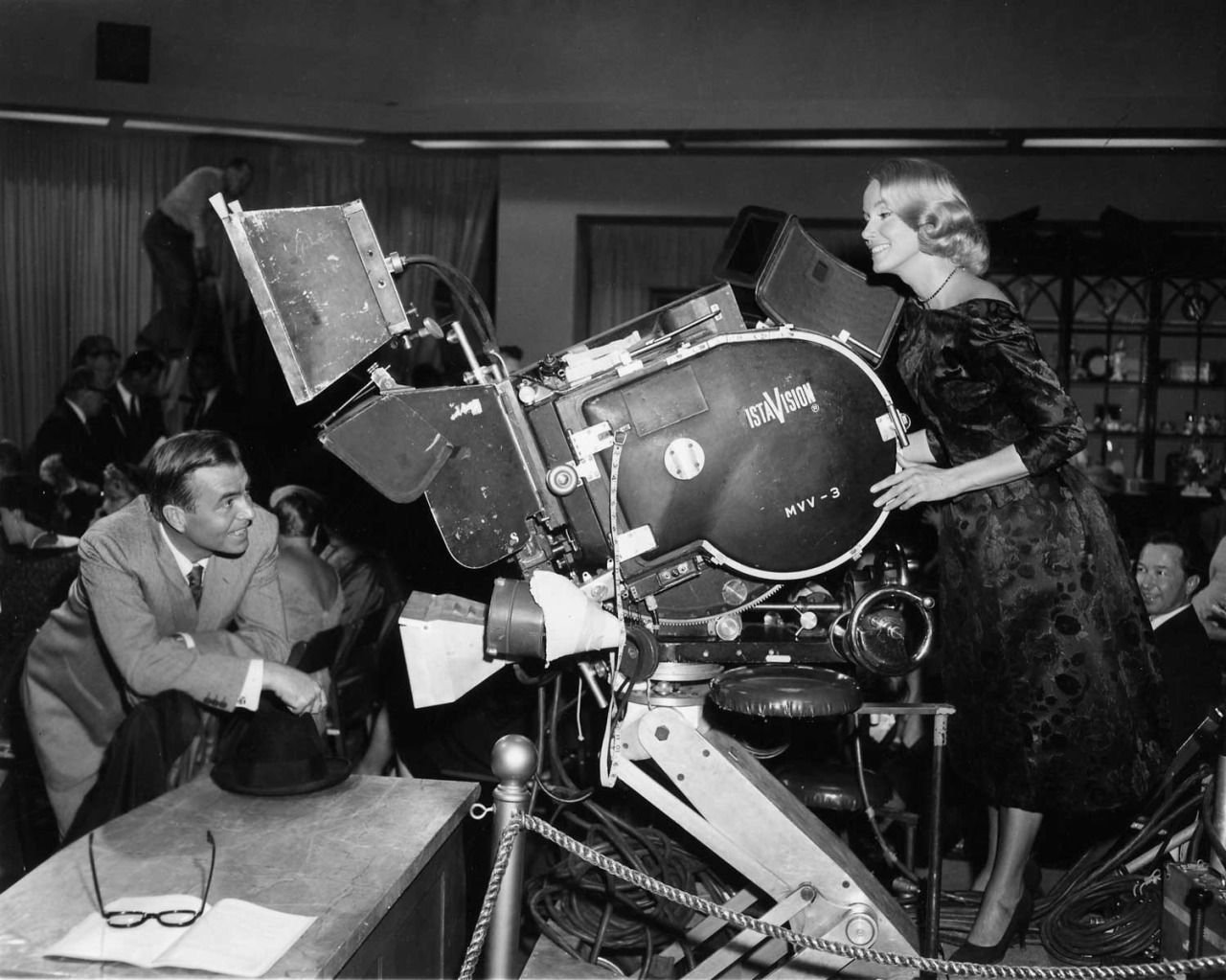The 65th Anniversary Restoration of Alfred Hitchcock’s North By Northwest
I had the pleasure of attending a screening of the 65th anniversary 4K restoration of Alfred Hitchcock's North by Northwest at the Belcourt Theatre in Nashville. The Belcourt is not just a cinema; it's a historic landmark that has been a cornerstone of Nashville's cultural landscape since 1925. The staff are known for their commitment to film preservation, which made it the perfect venue for this special first-time screening.
The iconic moment of Cary Grant starring as Roger O. Thornhill running away from a crop duster attack in Alfred Hitchcock’s North By Northwest. PHOTO: Robert Burks, ASC via Shotdeck
Alfred Hitchcock, often referred to as the "Master of Suspense," is a towering figure in the history of cinema. His unique style, characterized by innovative camera techniques, meticulous attention to detail, and a knack for creating psychological tension, has influenced countless filmmakers and left an indelible mark on the industry. North by Northwest, released in 1959, is a quintessential example of Hitchcock's genius. Its blend of thrilling action, sharp wit, and sophisticated storytelling exemplifies why Hitchcock remains a pivotal figure in cinematic history.
Upon its release, North by Northwest received critical acclaim and was a commercial success. The film's intricate plot, charismatic performances by Cary Grant, Eva Marie Saint, and James Mason, and Hitchcock's masterful direction captivated audiences. Over the years, its reputation has only grown, solidifying its status as a classic. The film's blend of suspense, humor, and romance, along with its iconic scenes, continues to entertain and inspire new generations of film lovers.
One of the standout features of North by Northwest is its title sequence, designed by the legendary Saul Bass. Bass's innovative use of kinetic typography and graphic design set a new standard for title sequences in film. The dynamic motion graphics, coupled with Bernard Herrmann's exhilarating score, immediately draw the audience into the film's world of intrigue and adventure. This title sequence is often studied for its groundbreaking approach and remains a benchmark in the art of film opening credits.
The production design and costuming in North by Northwest are nothing short of spectacular. The film's sets, from the opulent Plaza Hotel to the foreboding Mount Rushmore, are meticulously crafted, enhancing the narrative's sense of scale and grandeur. The costumes, particularly Cary Grant's iconic gray suit, contribute to the film's timeless style and sophistication. Below are a few stills I selected from Shotdeck.
























The cinematography, executed by Robert Burks, ASC, is another highlight. North By Northwest was Robert’s fifth VistaVision outing with Hitchcock, following To Catch A Thief (1955), The Trouble with Harry (1955), The Man Who Knew Too Much (1956) and Vertigo (1958). Shot in Technicolor using the VistaVision process, the film boasts stunning visuals with vivid colors and exceptional clarity. VistaVision's higher resolution and improved depth of field were revolutionary at the time and allowed for breathtaking wide shots and dynamic compositions. The VistaVision camera used in this film — also employed to photograph The Ten Commandments (1956) can be seen in the image below.
James Mason and Eva Marie Saint posing with the VistaVision camera in Alfred Hitchcock’s North By Northwest. PHOTO: Unknown
The use of practical effects, matte paintings, and rear projection seamlessly blended to create the film's memorable action sequences and exotic locales. The film was selected in 2019 as one of the ASC 100 Milestone Films in Cinematography of the 20th Century.
The historic Belcourt Theatre located in Nashville, TN (2024) PHOTO: Tom Gatlin via TN Arts Commission
Attending the 65th anniversary 4K restoration of North by Northwest was a truly memorable experience. It offered a unique opportunity to appreciate Hitchcock's timeless masterpiece in a setting that honors the rich history of cinema. From the film's innovative title sequence to its breathtaking cinematography, every element exemplifies the artistry and craftsmanship that make it a classic. If you ever have the chance to see this film on the big screen, especially in a historic venue like The Belcourt, make it happen.
Stay tuned for more insights and behind-the-scenes looks at the films that continue to shape the art of cinema.


